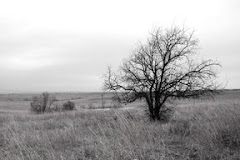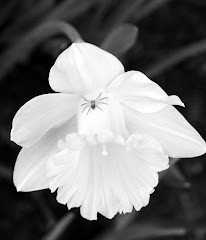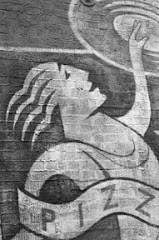
from the review at http://www.light-and-shadow.com/
John Shaw is an accomplished nature photographer who is well known for both his landscapes and his close-up photography. The book is filled with examples of his work, which he uses to illustrate various concepts. Unlike some books, Closeups in Nature is intended to be comprehensive, covering just about every aspect of macro photography. It even includes a discussion on general photographic techniques such as exposure control and metering. This will be, to some extent, a review of material which is presented in some of Shaw’s other books, or any general book on photographic technique for that matter. This section may therefore be unnecessary, since anyone interested enough in photography to do macro work, probably already has one of these books, but the material is there for those who need it.
After the discussion on basic principals, Shaw moves on to discuss close-up specific topics. Macro work is a highly specialized form of photography, and as such, requires equally specialized equipment. Throughout the book, Shaw describes the type of photographic gear that are required to obtain quality photos at high magnification. He covers the various optical methods for obtaining high magnification such as macro lenses, close-up diopters, reversal rings, extension tubes and bellows; He also recommends the types of camera supports (tripods, ballheads and focusing rails) that will be needed. The description of the needed photo accessories is very detailed. There is a whole chapter devoted to macro flash photography. There is even a section where Shaw describes how to make your own macro accessories (a light reflector and a flash bracket). If you are inclined to follow these instructions, making these items yourself could actually save you several times the cost of the book. If you don’t believe this, just check out the price of flash brackets at Kirk or RRS!
Closeups in Nature was first published in 1987, and the only criticism I can think of is that the book seems a little dated at times, particularly when referring to camera equipment. Some of the gear that Shaw recommends, may no longer be the best choice; that said, the basic principals of photography have remained unchanged, and the discussions on technique and composition are just as valid today as they were when the book was first published–even if you now use digital. Overall, this book is an excellent reference, containing a wealth of information and photographs.
See galleries of John Shaw's work at http://www.johnshawphoto.com/galleries.html
 Scott Kelby The Photoshop® CS3 Book for Digital Photographers
Scott Kelby The Photoshop® CS3 Book for Digital PhotographersThis is the latest in a series of books geared to teaching Photoshop to photographers. The books ignore the gee-whiz features of Photoshop ("making pigs fly") and concentrate on the features photographers need, including color correction, selections, adjusting perspective and converting images to black and white.
Be sure to get the book that is specific to your version of Photoshop or Elements.
Check out information on other Scott Kelby books and seminars at http://www.scottkelby.com/



e+b.jpg)
No comments:
Post a Comment